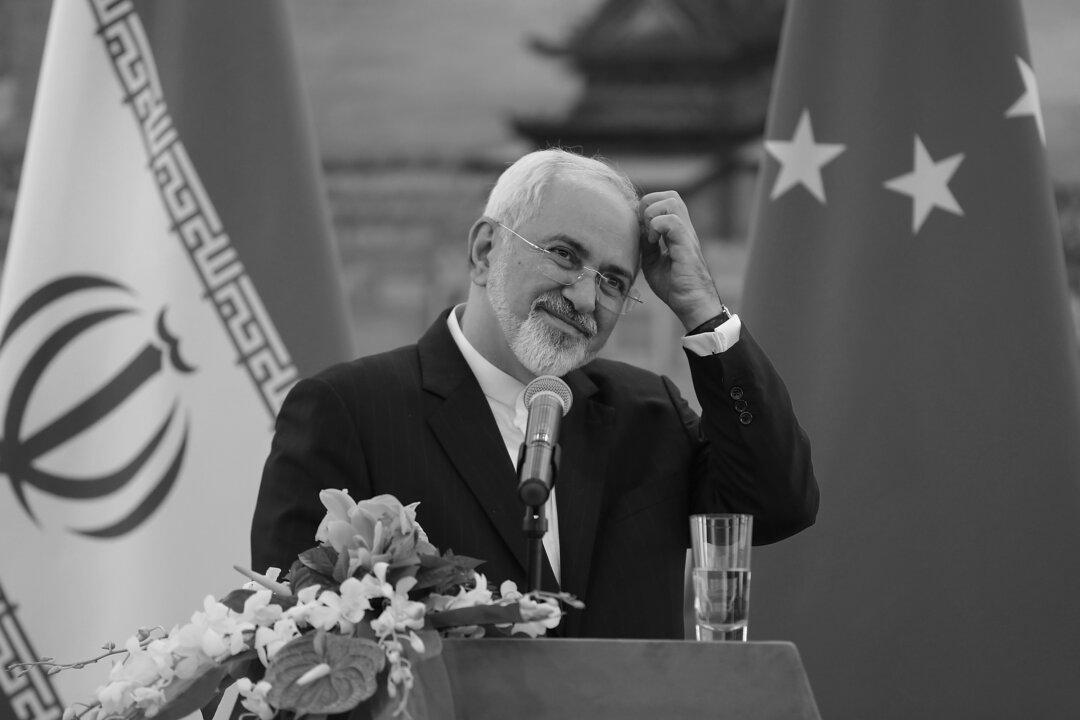BLOOMINGTON—Around the world, businesses act overwhelmingly in favor of not only removing all sanctions on Iran, but keeping them off irrespective of the Joint Comprehensive Plan of Action’s success or failure. Yet as Iran gets re-hooked into the global system, the need for trade may not necessarily keep its government on the straight and narrow.
The plan of action adopted by international powers to curb the Iranian nuclear program in exchange for lifting sanctions has yet to be implemented, but a stampede is underway by countries to resume trading with Iran. As global industrial leaders rush to the Iranian El Dorado, many fear that Tehran will have less compulsion to keep its ambitions in check.
Germany’s Economic Minister Sigmar Gabriel led a delegation including executives from chemical manufacturer BASF and industrial gases producer Linde to Tehran just five days after the plan of action was inked on July 14. Eurogate, that nation’s largest port operator, agreed to resume shipping with its Iranian counterpart Sina Port and Marine. Austria hosted the Iran-EU Conference on Trade and Investment four days later, expecting its trade with Tehran to reach 315 million euros by year’s end. Switzerland lifted its ban on trade in precious metals with Iranian state organizations. Spain’s Bester Generation lined up multinational projects with Iran’s state-run Power and Water Equipment and Service Export Company in Mexico and Chile.

